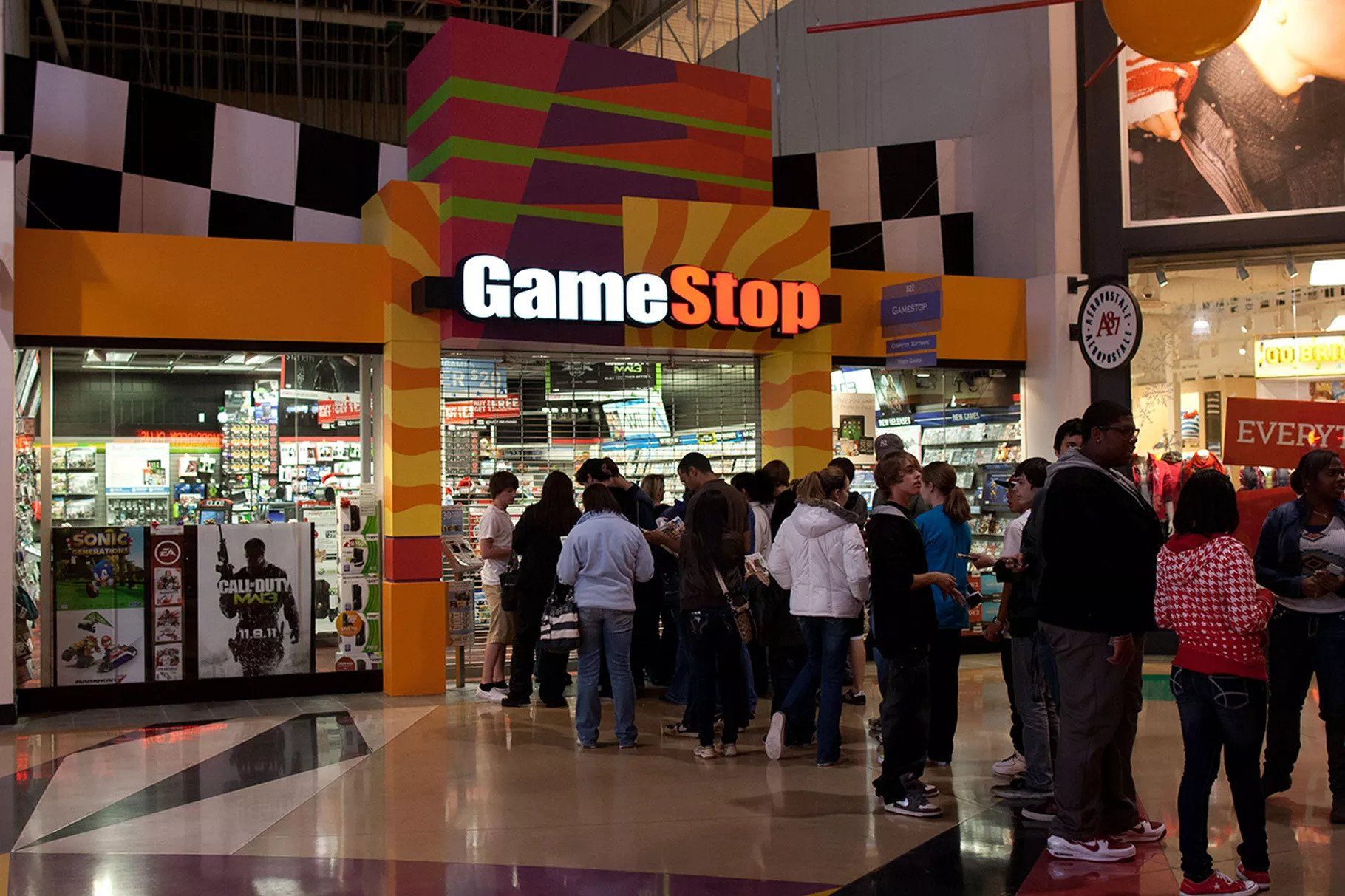Video game retailer GameStop Corp. ($GME) has a top-secret plan to turnaround the company, and it involves inventing a time machine and going back to the '90s when video game retail wasn't on life support. No, that's not right — GameStop's retail strategy is a lot less exciting: it involves cutting costs across the board, reducing in-store inventory, eliminating some of the worst-performing stores out of the 5,730 worldwide, and updating the website/store.
Today is GameStop's third-quarter earnings call, and despite the decade long hurting the stock has taken, there's been a slow climb in the stock price since August. The real uphill battle is against digital distribution and online marketplaces for games, which has rendered brick-and-mortar stores obsolete. Unless the chain intends to ship next year's consoles to homes ahead of their releases, that plan outlined above really needs to work.
“We expect a percentage decline of comparable same-store sales for 2019 to be in the low teens, which includes a difficult comparable-sales challenge from last year.” - GameStop CFO James Bell
This planned reboot all starts with the past few months. The stock finally stopped going down, for once, and the headcount dovetails it almost to a fault. From holiday 2016 to holiday 2019, staff count went up by 50%. You can see how the data pairs together over a longer period of time by clicking on "open dataset" on the bottom.
The cost-cutting measures GameStop has taken over the past year also impacted two brands under its wing, in longtime magazine stalwart Game Informer, and toy store chain Think Geek. The Twitter followings on both have gone down 5% and 8%, respectively, over the last two years. GameStop's Twitter following has grown by 50% over the last five years, in comparison.
The best bit of news for GameStop investors is that the company's Instagram following has gone up a remarkable 8% over the last 46 days. This is particularly good news given the fact that Instagram's users tend to be younger and, as a result, more apt to be in the market for video games.
That might be why we see Facebook Likes down slightly across all three brands, maybe younger gamers are moving from one (old) social media platform to another (younger and hipper) one. Don't tell Gen Z that Facebook owns Instagram, though, it'll break their hearts.
Talking About counts on Facebook are also down for all three brands. Game Informer subscriptions might be down, could explain why for that. The Think Geek stores merging with GameStop locations peaked in buzz when that happened in 2016, but has clearly trailed off and not been a part of the conversation since.
We'll see if interest overtime amounts to fewer sales over time, or if people are just waiting for the next generation of consoles to come out next holiday season. GameStop will be one of the main places to pick up a PS5 or Xbox Scarlett, and that might be a good goalpost for us to measure the company by net year.
About the Data:
Thinknum tracks companies using the information they post online - jobs, social and web traffic, product sales and app ratings - and creates data sets that measure factors like hiring, revenue and foot traffic. Data sets may not be fully comprehensive (they only account for what is available on the web), but they can be used to gauge performance factors like staffing and sales.
